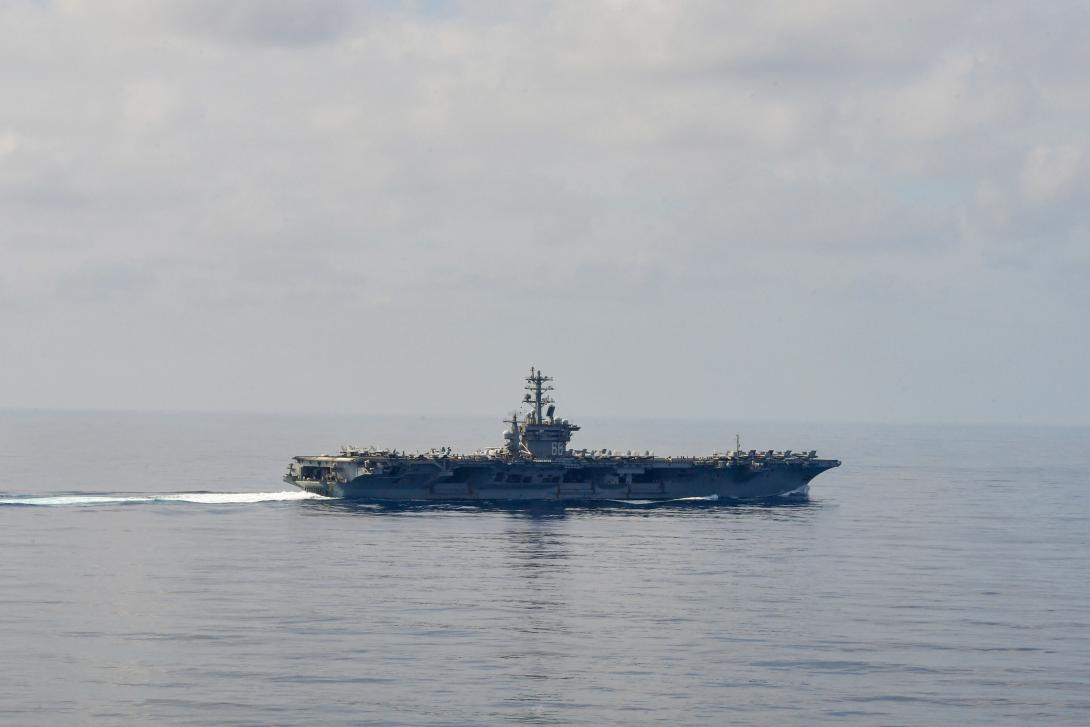Intelligence Threat Assessment: China and Russia Are a Dangerous Team
The intelligence community evaluated the main threats for the free world as coming from dictatorships, climate change and a pandemic.
In its recently declassified Annual Threat Assessment of The U.S. Intelligence Community released by the Office of the Director of National Intelligence, U.S. intelligence agencies weighed in on the source of the most concerning threats.
The assessment was presented during a hearing at the Senate Select Committee on Intelligence.
“We can no longer just pay attention to who has the most tanks, airplanes and missiles, we also need to focus on technology, [research and development] dollars, strategic investment flows and supply chains,” said Sen. Mark Warner (D-VA), the committee’s chairman, in his opening remarks during the hearing.
The document addressed competition with rivals and allies.
“Competition between the United States and its allies, China, and Russia over what kind of world will emerge makes the next few years critical to determining who and what will shape the narrative,” the document said.
In the breakdown of political adversaries, China occupies the highest echelon.
“China’s Communist Party (CCP) will continue efforts to achieve President Xi Jinping’s vision of making China the preeminent power in East Asia and a major power on the world stage,” the document stated.
The report indicates Chinese leadership sees antagonism with the West as:
- A geopolitical shift in its favor that Washington is trying to stop.
- An opportunity to combine its economic and military power to leverage a dominant position in key global supply chains.
It is also expanding its nuclear arsenal and space capabilities, according to the report.
The Asian country faces headwinds: aging population, high levels of corporate debt, economic inequality, and resistance to the China’s heavy-handedness against Taiwan and other countries.
The country represents risks to the free world, and the document warns of China’s espionage and penetration of open societies.
Russia’s invasion of Ukraine will fundamentally change the nature of its relationships with the outside world, according to the document.
“Russia probably does not want a direct military conflict with U.S. and NATO forces, but there is potential for that to occur,” the document stated.
In the longer term, Russia is expected to continue to set its sights on the United States and its allies
“Moscow will continue to employ an array of tools to advance what it sees as its own interests and try to undermine the interests of the United States and its allies. These are likely to be military, security, malign influence, cyber, and intelligence tools, with Russia’s economic and energy leverage probably a declining asset,” the document said.

We can no longer just pay attention to who has the most tanks, airplanes and missiles.
Iran and North Korea will also pose growing challenges, especially in cyber and with weapons of mass destruction risks.
The document tackles environmental challenges and evaluates its political consequences.
“Climate change will increasingly exacerbate risks to U.S. national security interests as the physical impacts increase and geopolitical tensions mount about the global response to the challenge,” the publication stated.
COVID remains a global threat, according to the intelligence community.
“Now entering its fourth year, the COVID-19 pandemic remains one of the most significant threats to global public health, at a cost of more than 6.5 million lives lost and trillions of dollars in lost economic output to date,” the document said. In this respect, a future disease could be equally devastating to the U.S. and the world according to this assessment, “countries globally remain vulnerable to the emergence or introduction of a novel pathogen that could cause a devastating new pandemic.”





Comments